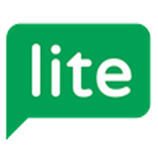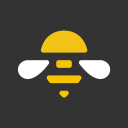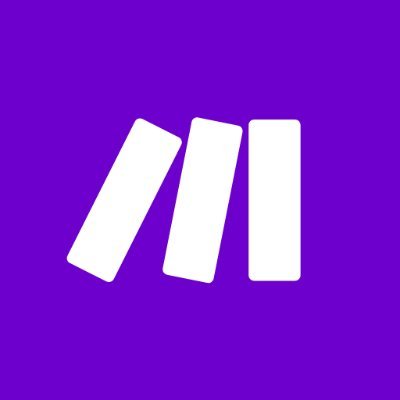Generating $15K/Month In Extra Income With A Graphic Design Library
Hello! Who are you and what business did you start?
Hi, I am Alex Dumitru and I am a co-founder at Designious. Designious is a graphic design library that provides extra tools like an online designer app and an API that helps both graphic designers and print-on-demand entrepreneurs. At the moment we make around $12-13k per month.
Our library and tools are used to create different types of products and clothing items like t-shirts and hoodies but also posters or mugs.
My background is in IT and business development, but I’ve worn many hats along the way, from sales to customer support.

What's your backstory and how did you come up with the idea?
Back in 2007 I and my colleagues Viorel Popescu and Ciprian Dragut started a design studio. Our background was not in design but we hired some...

Download the report and join our email newsletter packed with business ideas and money-making opportunities, backed by real-life case studies.

Download the report and join our email newsletter packed with business ideas and money-making opportunities, backed by real-life case studies.

Download the report and join our email newsletter packed with business ideas and money-making opportunities, backed by real-life case studies.

Download the report and join our email newsletter packed with business ideas and money-making opportunities, backed by real-life case studies.

Download the report and join our email newsletter packed with business ideas and money-making opportunities, backed by real-life case studies.

Download the report and join our email newsletter packed with business ideas and money-making opportunities, backed by real-life case studies.

Download the report and join our email newsletter packed with business ideas and money-making opportunities, backed by real-life case studies.

Download the report and join our email newsletter packed with business ideas and money-making opportunities, backed by real-life case studies.



















